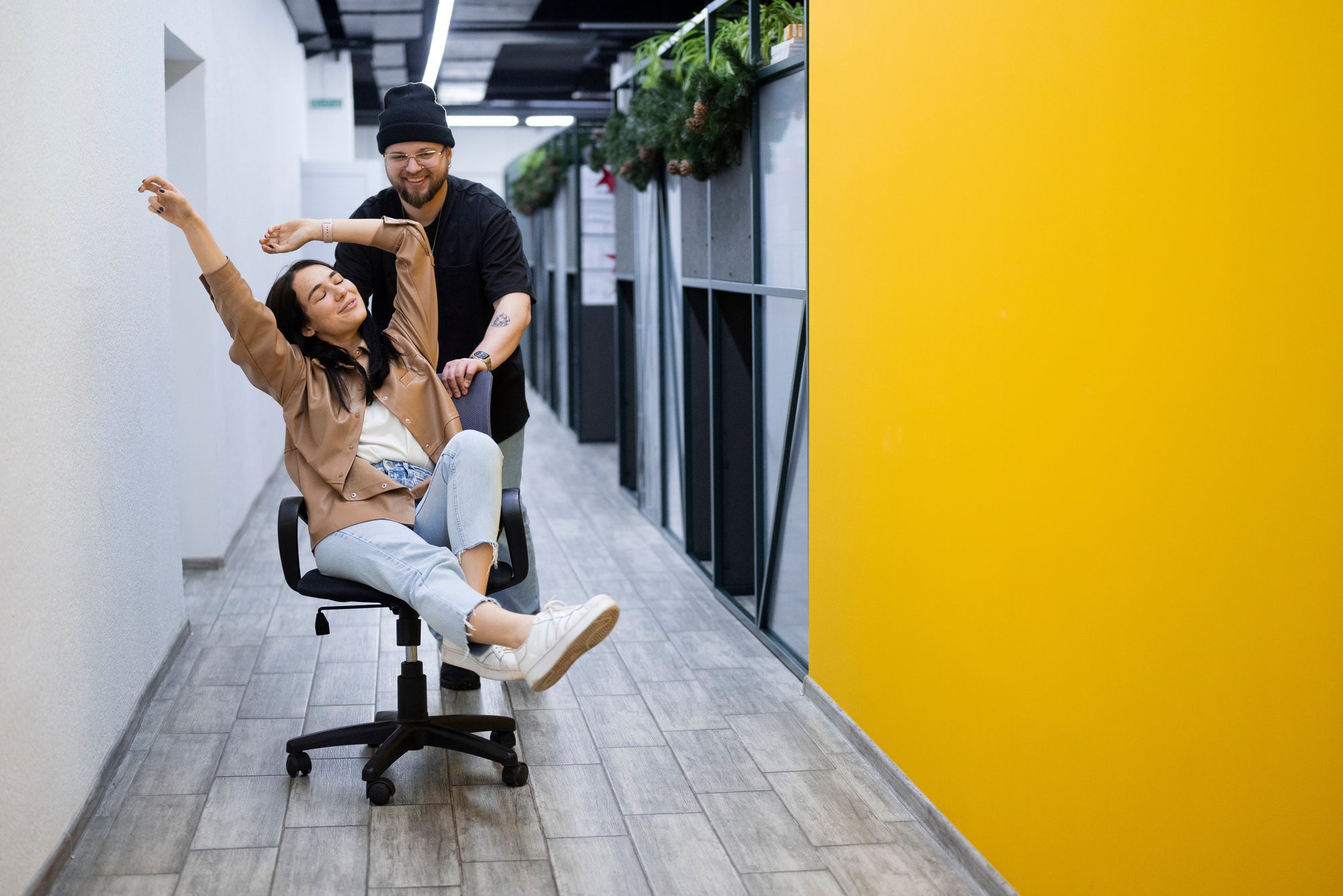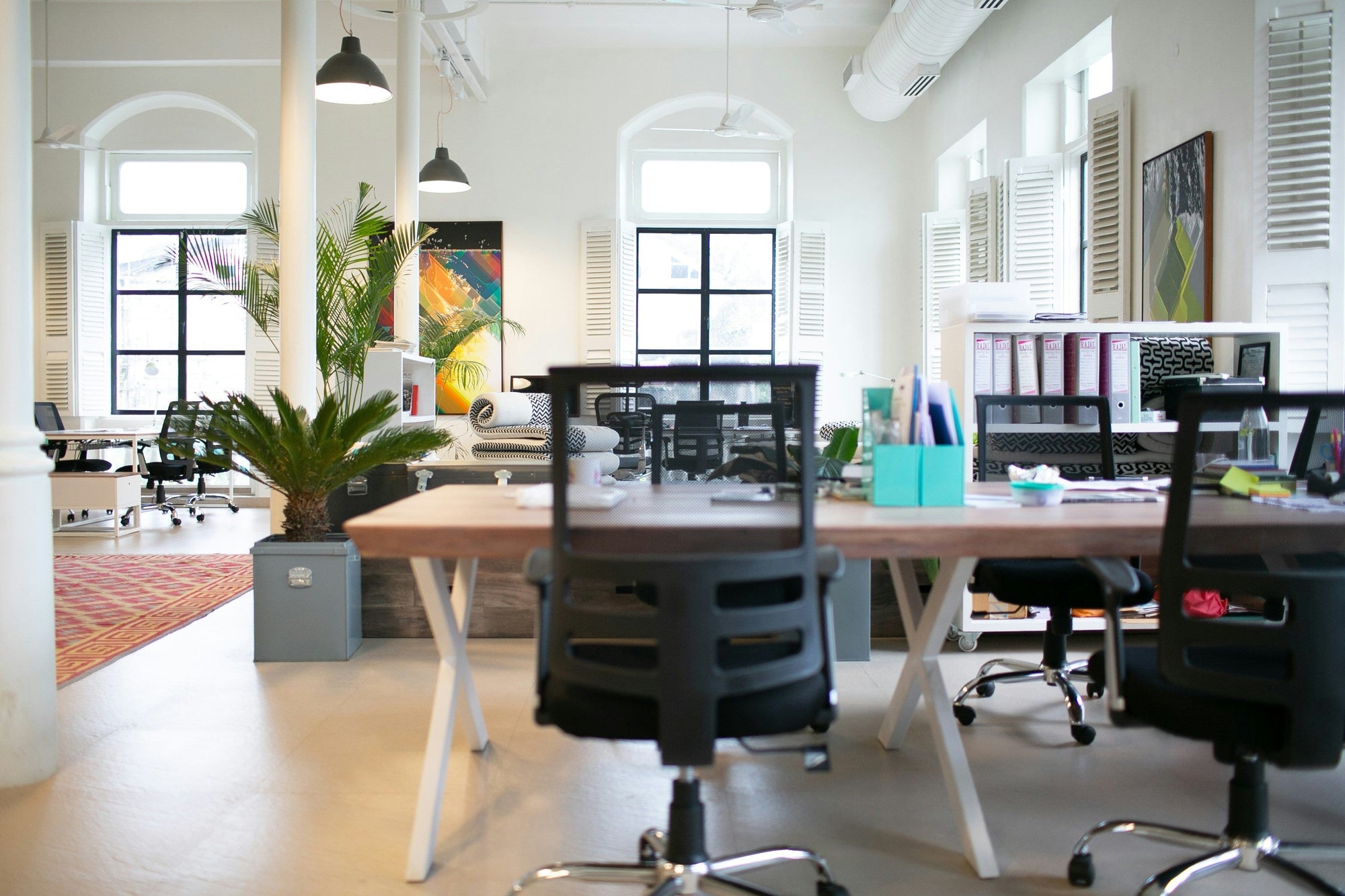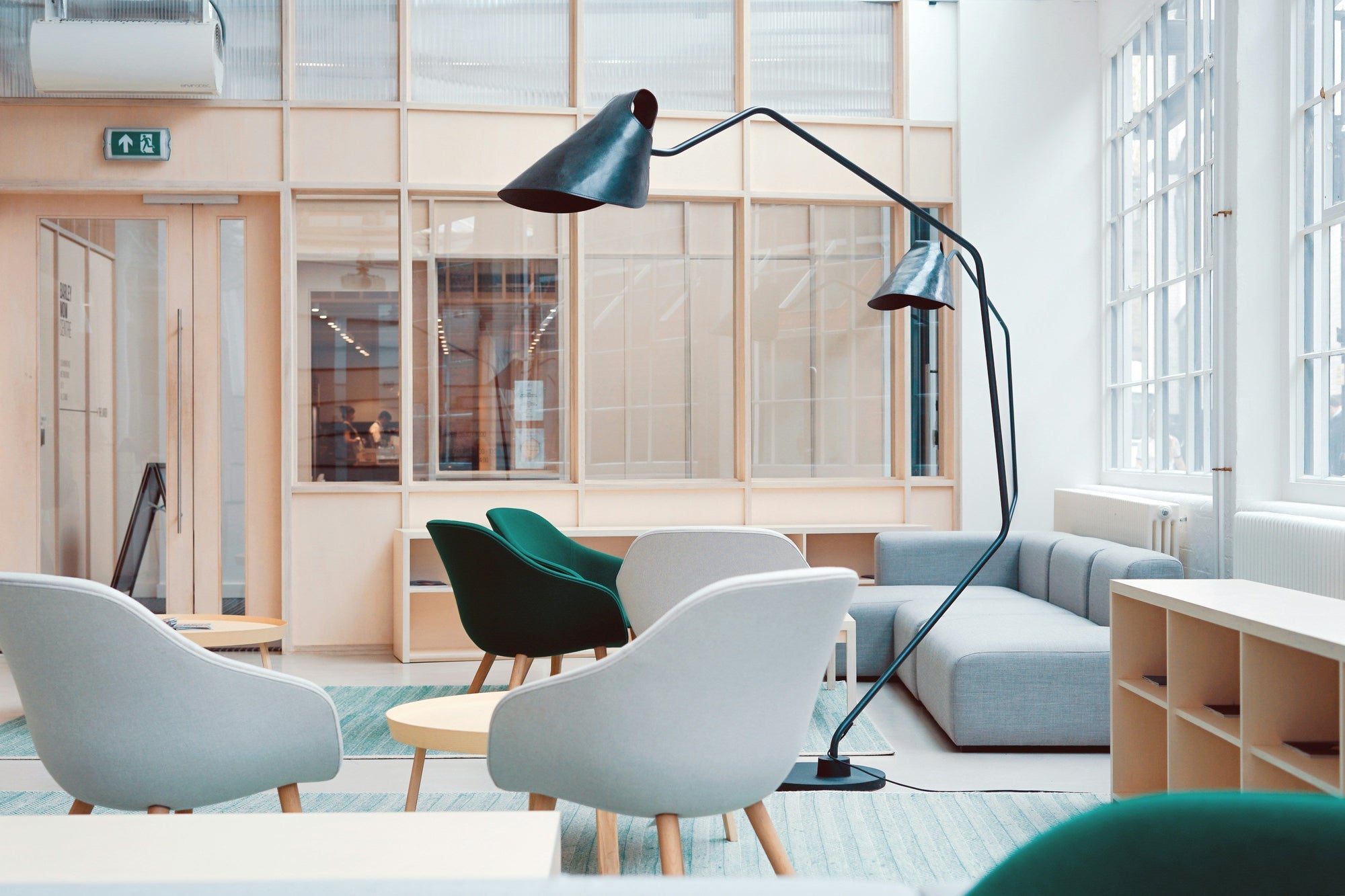In the evolving world of workspaces, commercial office design plays a pivotal role in shaping company culture, enhancing productivity, and attracting top talent. Whether you're a startup looking to create a vibrant work environment or an established company aiming to modernize your office space, understanding the latest trends and best practices in commercial office design is crucial. This blog will guide you through the essentials of designing a commercial office that meets the needs of today’s workforce while optimizing your space for functionality and aesthetics.
1. Understanding Commercial Office Design
What Is Commercial Office Design? Commercial office design refers to the planning, layout, and furnishing of office spaces intended for business use. It encompasses everything from the arrangement of workstations and meeting rooms to the choice of furniture and decor, all aimed at creating a productive and efficient environment.
Why It Matters: A well-designed office can significantly impact employee satisfaction, productivity, and overall business success. It can also reflect your company’s brand and values, making a lasting impression on clients and visitors.
2. Key Elements of Effective Commercial Office Design
a. Space Planning and Layout
Space planning is the foundation of commercial office design. It involves strategically organizing different areas within the office, such as workstations, meeting rooms, and common areas, to maximize efficiency and collaboration.
Best Practices:
- Open vs. Closed Layouts: Decide between open office plans, which encourage communication, and private offices or cubicles, which offer more privacy.
- Flexible Spaces: Incorporate flexible spaces like breakout rooms and adjustable workstations to accommodate different work styles and activities.
- Traffic Flow: Ensure a logical flow of movement throughout the office, with clear pathways and easily accessible facilities.
b. Ergonomics and Comfort
Ergonomics is crucial in commercial office design, as it directly affects employee health and productivity. Ergonomic furniture and thoughtful design can reduce the risk of physical strain and discomfort.
Best Practices:
- Ergonomic Chairs and Desks: Invest in adjustable chairs and desks that support good posture.
- Lighting: Use a combination of natural and artificial lighting to reduce eye strain and create a comfortable atmosphere.
- Acoustic Solutions: Implement sound-absorbing materials and quiet zones to minimize noise and distractions.
c. Branding and Aesthetics
Your office design should reflect your company’s brand identity and culture. This can be achieved through the use of color schemes, artwork, and branded decor elements.
Best Practices:
- Color Psychology: Choose colors that align with your brand and have a positive psychological impact on employees.
- Incorporate Brand Elements: Use company logos, slogans, and mission statements in decor and signage.
- Cohesive Design: Maintain a cohesive design theme throughout the office to create a unified and professional appearance.
3. Trends in Commercial Office Design
a. Biophilic Design
Biophilic design incorporates natural elements into the office space, such as plants, natural lighting, and materials. This trend has gained popularity due to its benefits in reducing stress and increasing productivity.
b. Smart Offices
The integration of technology in office design is essential in today’s digital age. Smart offices use technologies like IoT devices, automated lighting, and climate control to enhance convenience and efficiency.
c. Collaborative Spaces
Modern offices prioritize collaboration with dedicated spaces like huddle rooms, open lounges, and co-working areas. These spaces encourage spontaneous meetings and teamwork.
d. Sustainability
Sustainable office design focuses on using eco-friendly materials and energy-efficient systems. This not only benefits the environment but also reduces operational costs.
4. How to Plan Your Commercial Office Design
Step 1: Assess Your Needs and Goals Start by understanding your company’s needs, including the number of employees, type of work, and desired office culture.
Step 2: Set a Budget Determine a budget that covers all aspects of the design, from construction and furniture to technology and decor.
Step 3: Hire a Professional Consider working with a professional commercial office designer or interior designer who can bring your vision to life.
Step 4: Design and Implement Collaborate with your designer to create a detailed plan and timeline for the project. Ensure that the design aligns with your brand and functional requirements.
Step 5: Review and Optimize After the office is set up, gather feedback from employees and make necessary adjustments to optimize the space for comfort and productivity.
Conclusion
Commercial office design is a critical aspect of creating a workspace that supports business goals and enhances employee well-being. By focusing on key elements like space planning, ergonomics, branding, and keeping up with the latest design trends, you can create an office environment that is both functional and aesthetically pleasing. Whether you are designing a new office from scratch or renovating an existing space, investing in thoughtful commercial office design will pay off in terms of improved productivity, employee satisfaction, and a positive brand image.
Keywords: commercial office design, office layout, ergonomic furniture, branding in office design, biophilic design, smart offices, sustainable office design, Kansas City office design.







